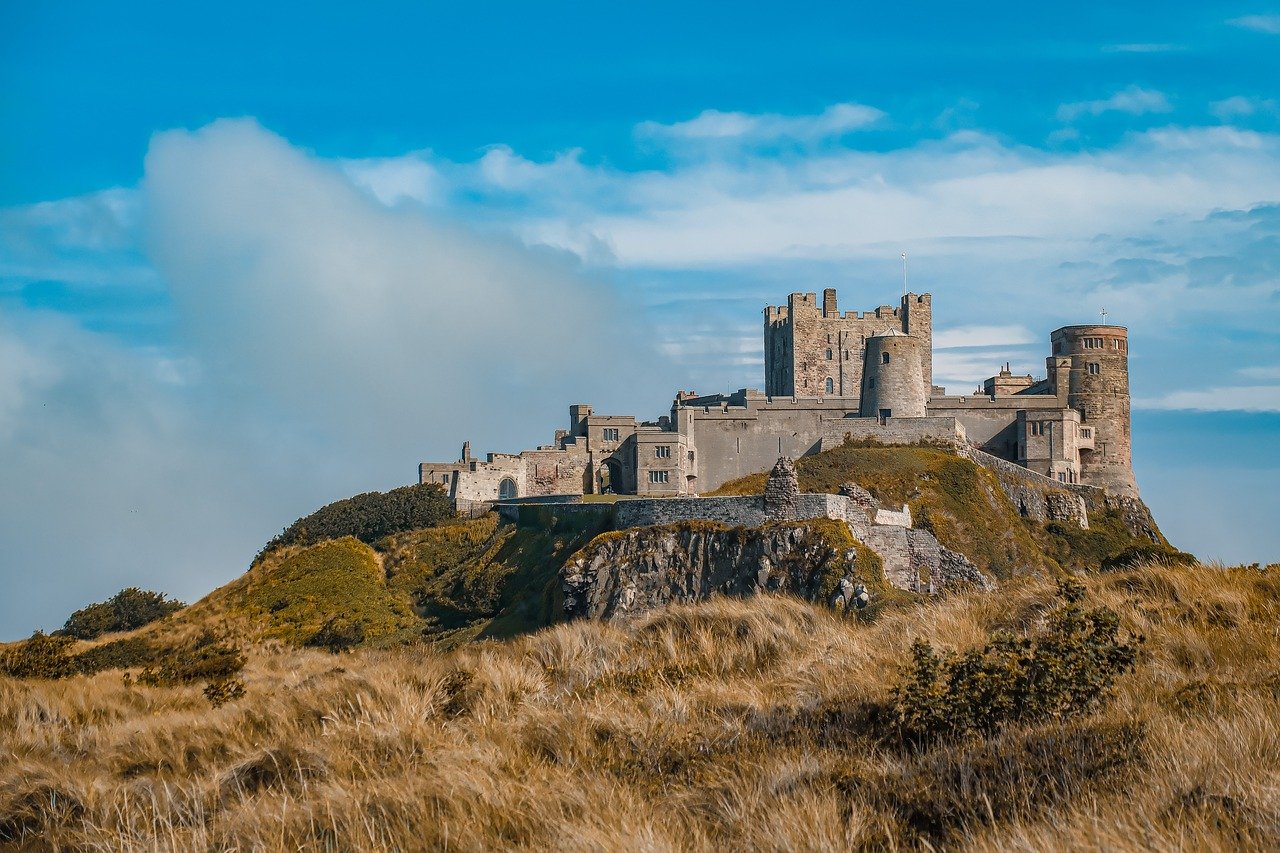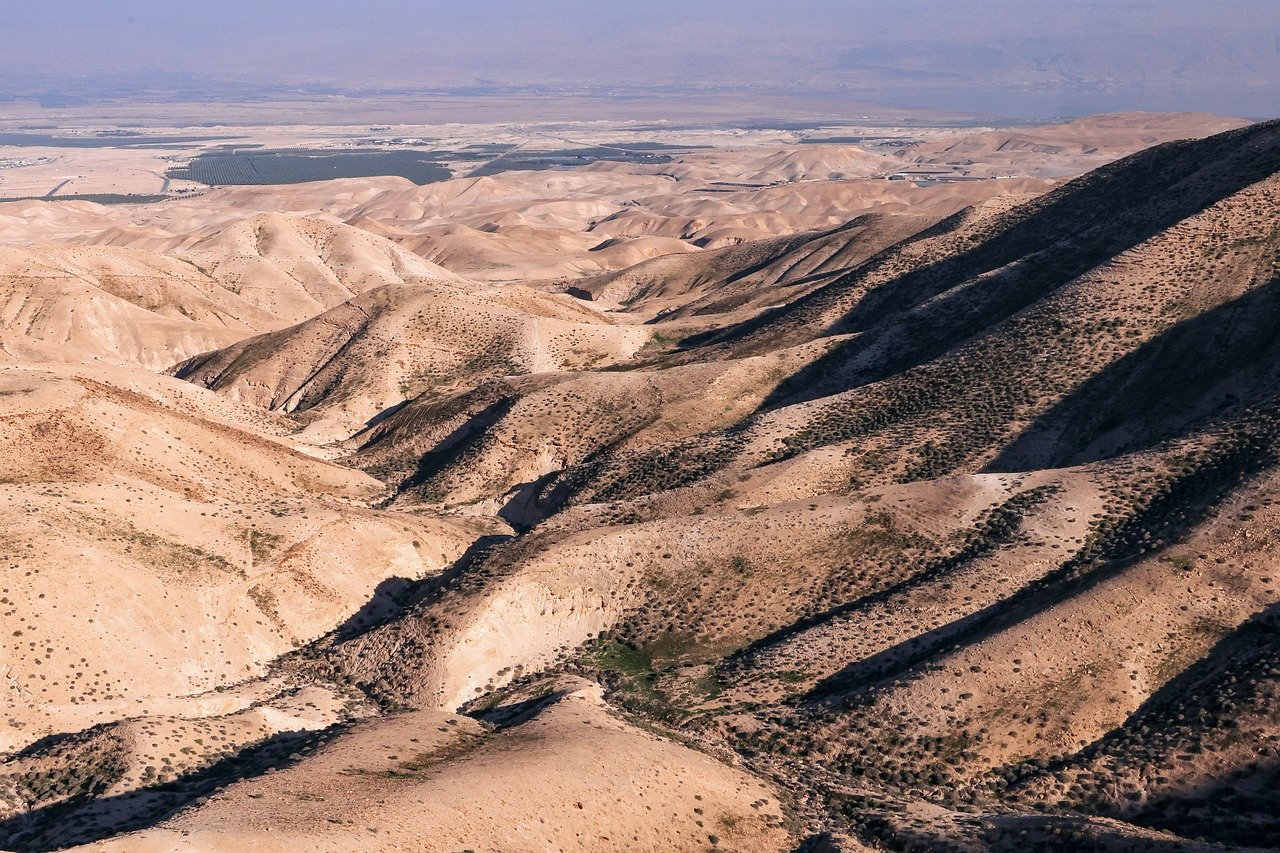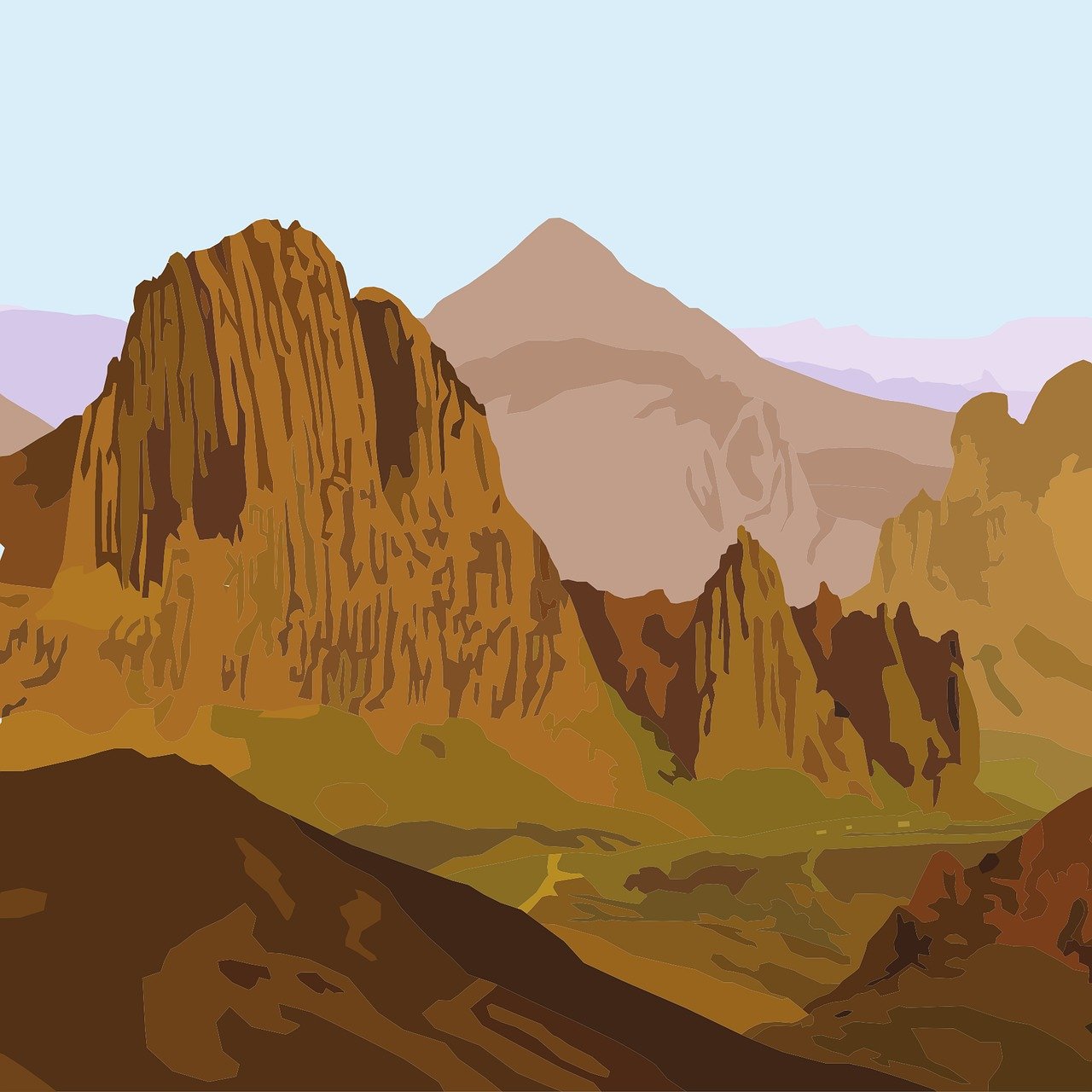Exploring Brazil‘s Wine Country: A Connoisseur’s Guide to the Best Vineyards and Wineries
While Brazil is often celebrated for its vibrant culture, breathtaking landscapes, and infectious samba rhythms, its burgeoning wine industry is a hidden gem waiting to be discovered. Nestled in the southern part of the country, Brazil’s wine country offers a unique blend of traditional winemaking practices and innovative techniques, making it a must-visit destination for wine aficionados. This guide will take you on a journey through some of the best vineyards and wineries in Brazil, highlighting the rich history, diverse varietals, and spectacular wine-tasting experiences that await.
The History of Brazilian Winemaking
The history of winemaking in Brazil dates back to the 16th century when Portuguese settlers planted the first vines. However, it wasn’t until the arrival of Italian immigrants in the late 19th century that the industry began to flourish. These newcomers brought with them a wealth of viticultural knowledge and a passion for wine that would lay the foundation for Brazil’s modern wine industry.
Today, Brazil is the fifth largest producer of wine in the Southern Hemisphere, with its vineyards primarily concentrated in the southern states of Rio Grande do Sul, Santa Catarina, and Paraná. The country’s unique terroir, influenced by its diverse climate and topography, allows for the production of a wide range of wine styles, from robust reds and crisp whites to sparkling wines that rival those of Champagne.
Key Wine Regions in Brazil
Serra Gaúcha
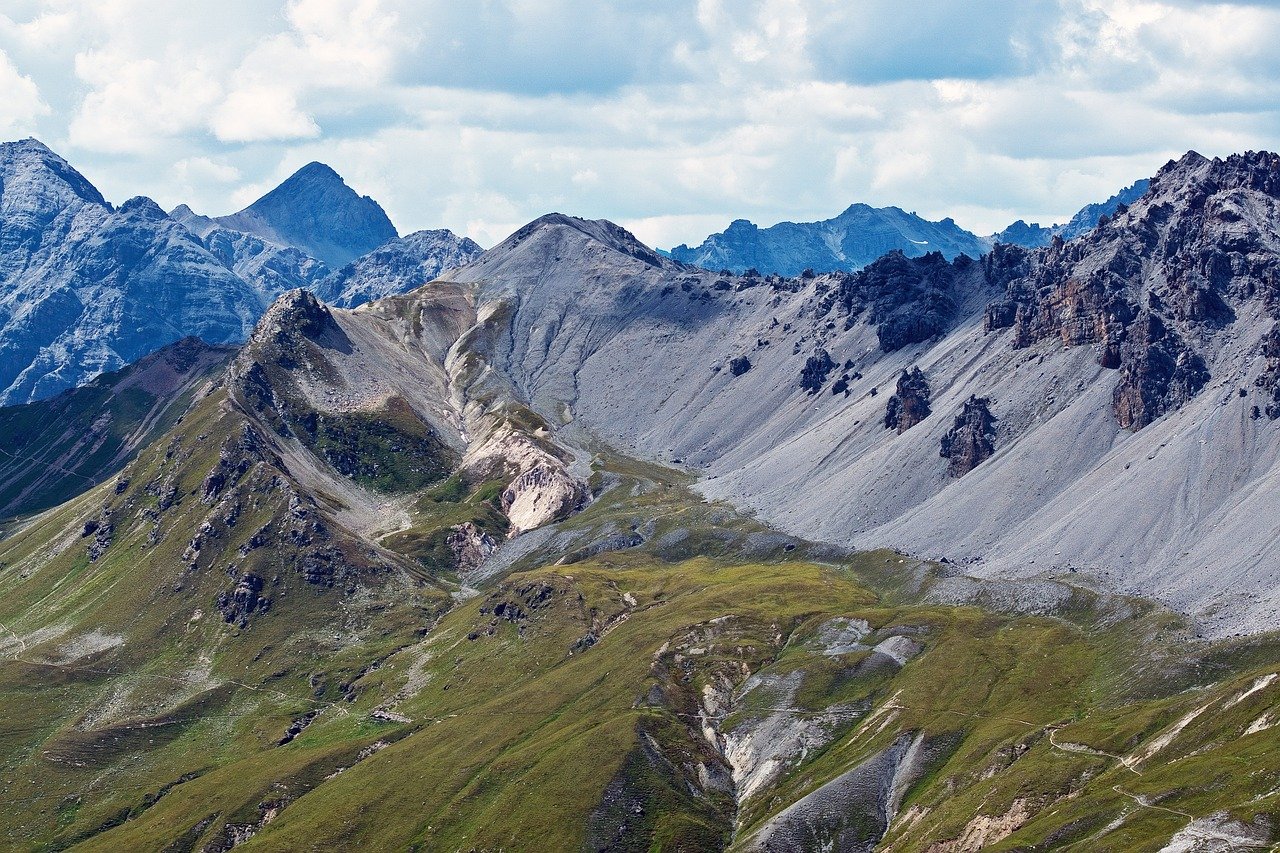
Often referred to as the heart of Brazilian wine country, Serra Gaúcha is renowned for its rolling hills, cool climate, and rich Italian heritage. This region is home to over 80% of Brazil’s wine production and is particularly famous for its sparkling wines, known locally as espumantes. Visitors can explore the charming towns of Bento Gonçalves and Garibaldi, where numerous family-owned wineries offer tastings and tours.
Vale dos Vinhedos
Located within Serra Gaúcha, the Vale dos Vinhedos is Brazil’s first wine region to receive a Geographical Indication, akin to France’s appellation system. This prestigious designation ensures that wines labeled from this area adhere to strict quality standards. The region is celebrated for its Merlot and Chardonnay varietals, and visitors can enjoy wine-pairing dinners and vineyard tours against a backdrop of stunning vineyard vistas.
Campos de Cima da Serra
Known for its high-altitude vineyards, Campos de Cima da Serra boasts a cool climate that is ideal for producing elegant wines with great acidity. The region’s commitment to sustainable practices and organic viticulture is evident in the quality of its wines, making it a favorite among environmentally-conscious wine lovers.
Serra do Sudeste
This lesser-known region is gaining recognition for its innovative winemakers who are experimenting with new grape varieties and techniques. The diverse microclimates of Serra do Sudeste produce a wide array of wine styles, from robust Tannats to delicate Sauvignon Blancs, offering something for every palate.
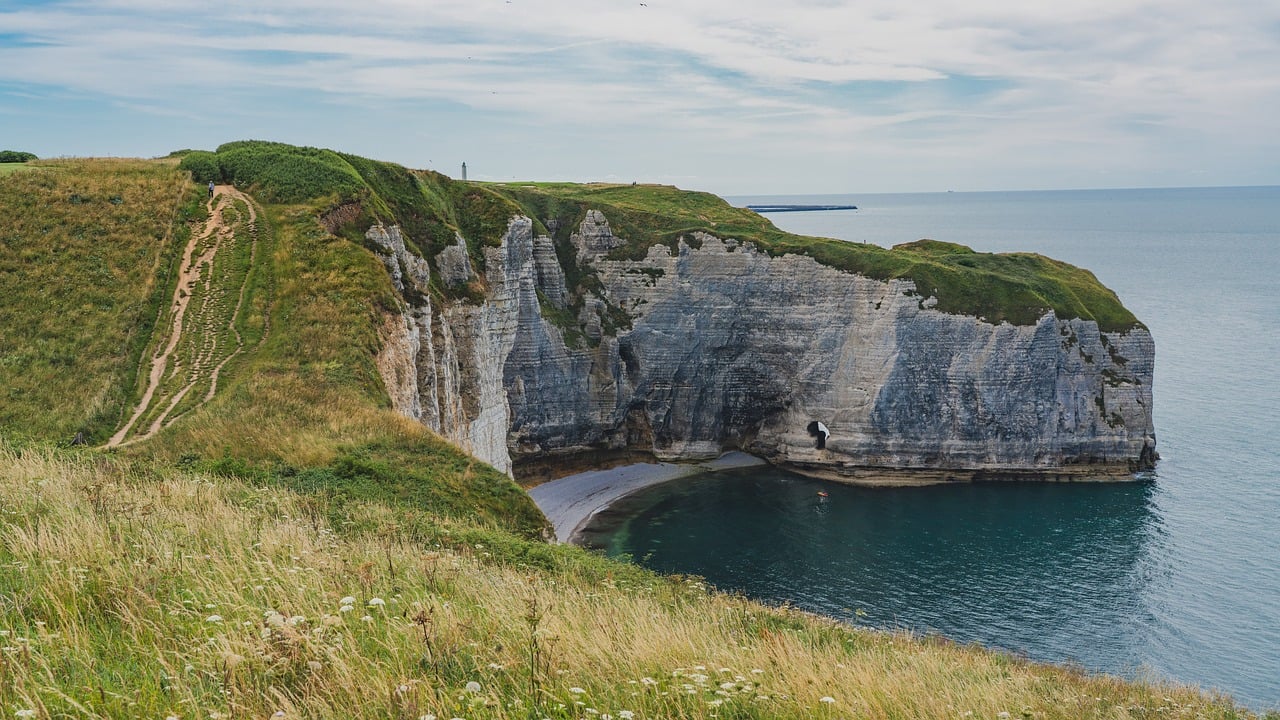
Must-Visit Wineries
Miolo Wine Group
As one of Brazil’s largest and most influential wine producers, Miolo Wine Group offers an extensive range of wines that showcase the diversity of Brazil’s terroir. The winery, located in Vale dos Vinhedos, provides guided tours that include a visit to the vineyards, a tour of the production facilities, and a tasting of their flagship wines.
Casa Valduga
Known for its exceptional hospitality, Casa Valduga offers an immersive wine experience in the heart of Vale dos Vinhedos. Visitors can stay in charming guesthouses on the estate, partake in wine courses, and enjoy gourmet meals paired with the winery’s award-winning wines. Their sparkling wines are particularly noteworthy, often compared to the finest Champagnes.
Salton
Established in 1910, Salton is one of Brazil’s oldest and most respected wineries. Located in Serra Gaúcha, Salton produces a wide range of wines, including reds, whites, and sparkling varieties. The winery’s grand tasting room and art-filled spaces make it a luxurious stop for any wine tour.
Chandon Brazil
A branch of the renowned Moët & Chandon, Chandon Brazil specializes in producing high-quality sparkling wines in the Serra Gaúcha region. Their focus on traditional methods and innovative techniques results in elegant and refined espumantes that are a testament to Brazil’s potential in the world of sparkling wine.
Wine-Tasting Tips

When visiting Brazil’s wine country, it’s essential to approach tastings with an open mind. Brazilian wines often reflect the country’s unique climate and terroir, offering flavors and aromas that may differ from more traditional wine regions. Here are a few tips to enhance your wine-tasting experience:
- Engage with Winemakers: Many Brazilian wineries are family-owned, and the winemakers are often present during tastings. Take the opportunity to learn about their winemaking philosophies and the history of their vineyards.
- Try Local Varietals: While international grape varieties are widely grown, don’t miss the chance to taste wines made from local grapes such as Moscato Giallo, Ancellotta, and Peverella.
- Pair with Local Cuisine: Brazilian cuisine is as diverse as its wines. Enjoying local dishes, such as churrasco or feijoada, with your wine can enhance the flavors and provide a deeper understanding of the region’s culinary traditions.
- Take Your Time: With so many wineries to explore, it’s tempting to rush from one to the next. However, taking the time to savor each tasting and soak in the scenery will lead to a more rewarding experience.
Takeaways
Brazil’s wine country is a treasure trove of discovery for both novice and seasoned wine enthusiasts. From the lush vineyards of Serra Gaúcha to the innovative winemaking practices of Serra do Sudeste, Brazil offers a diverse array of wines that reflect its rich cultural tapestry and unique terroir. Whether you’re enjoying a crisp sparkling wine in Vale dos Vinhedos or a full-bodied red in Campos de Cima da Serra, the warmth and hospitality of Brazil’s wine regions will leave a lasting impression. As you explore these captivating landscapes and savor their remarkable wines, you’ll gain a deeper appreciation for the passion and dedication that define Brazil’s burgeoning wine industry.
Planning Your Visit

To make the most of your journey through Brazil’s wine country, careful planning is essential. Here are some practical tips to help you organize an unforgettable wine tour:
Best Time to Visit
The ideal time to visit Brazil’s wine regions is during the harvest season, which typically runs from January to March. During this period, wineries are buzzing with activity, and visitors can participate in grape-stomping events and harvest festivals. However, the off-season months still offer picturesque landscapes and quieter tasting rooms, perfect for a more relaxed experience.
Transportation
While major cities like Porto Alegre and Caxias do Sul serve as gateways to the wine regions, having a rental car or hiring a private driver is recommended for exploring the vineyards at your own pace. Public transportation options are limited, and having the flexibility to visit remote wineries can greatly enhance your experience.
Accommodations
Accommodations in Brazil’s wine country range from charming bed-and-breakfasts to luxurious vineyard hotels. Staying at a winery, such as those in Vale dos Vinhedos, offers the unique opportunity to immerse yourself in the winemaking atmosphere, with many estates offering wine-themed experiences and culinary excursions.
Wine Tours and Tastings
Many wineries require advance bookings for tours and tastings, especially during the bustling harvest season. It’s advisable to plan your itinerary ahead of time and make reservations to ensure you secure spots at your desired locations. Consider joining guided wine tours that offer curated experiences and insider knowledge.
Cultural Attractions Beyond the Vineyards

While the focus of your trip may be on wine, Brazil’s wine country offers a plethora of cultural and natural attractions worth exploring. Here are some highlights:
Historic Towns
The towns of Bento Gonçalves and Garibaldi are steeped in Italian heritage, with charming architecture and quaint streets to explore. Visit the historic center of Pelotas, known for its preserved colonial buildings and vibrant local markets.
Nature Trails
The lush landscapes of the Serra Gaúcha region provide ample opportunities for hiking and nature walks. Explore the stunning canyons of Aparados da Serra National Park or enjoy a leisurely stroll through the vineyards, taking in the breathtaking views and fresh air.
Local Festivals
Throughout the year, the region hosts various festivals celebrating its rich cultural heritage and winemaking traditions. The National Wine Festival, held biennially in Bento Gonçalves, is a vibrant celebration featuring wine tastings, parades, and cultural performances.
Final Thoughts
Exploring Brazil’s wine country is a journey that offers more than just exquisite wines; it’s an opportunity to delve into a rich cultural tapestry, connect with passionate winemakers, and experience the breathtaking beauty of the South American countryside. Whether you’re a seasoned wine connoisseur or a curious traveler looking to expand your palate, Brazil’s vineyards and wineries promise an adventure filled with discovery, elegance, and unforgettable flavors.
As you plan your visit, remember to savor each moment, embrace the warmth and hospitality of the locals, and take home not just bottles of wine, but cherished memories of a remarkable journey through one of the world’s most exciting emerging wine regions.






